NASA carried out a mission called CHAPEA (Crew Health and Performance Exploration Analog) to examine astronauts’ living conditions on Mars and evaluate the process. CHAPEA is a series of missions conducted by NASA to simulate missions on Mars.
For this mission, four astronauts lived in a simulated 3D-printed Martian habitat at NASA Johnson Space Center. The isolation started on June 25, 2023, and lately, they have returned to normal life on Earth. Four volunteers from the CHAPEA mission, Kelly Haston, Anca Selariu, Ross Brockwell, and Nathan Jones, lived in a 158-square-metre 3D-printed habitat called Mars Dune Alpha.
Mars Dune Alpha was initially designed by BIG (Bjarke Ingels Group) in partnership with ICON. The project was completed as part of NASA’s Human Exploration and Operations Mission Directorate (HEOMD).


During that time, the team simulated Mars mission operations, including Mars walks, growing and harvesting vegetables, and maintaining equipment and living spaces.
“We had to rely on each other and our training to navigate the challenges we faced,” Kelly Haston, Commander and Pioneering Scientist, said. “Every day brought new obstacles, but also new opportunities for growth and learning.”
“Everything we do in CHAPEA is touched by the heroes working on the ground at NASA,” said Nathan Jones, Medical Officer and Expert Communicator. “We couldn’t ask for a better experience or better people to work with.”
The next CHAPEA missions are set to launch with Analog Mission 2 in 2025 and Analog Mission 3 in 2026.
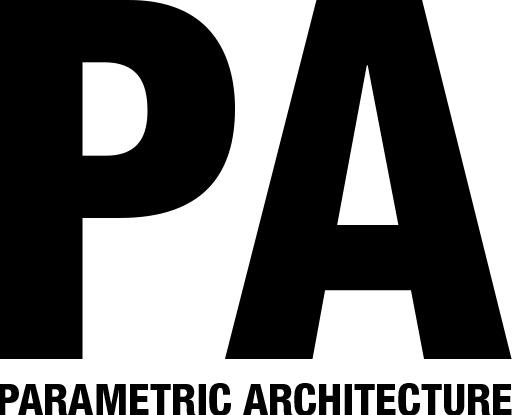





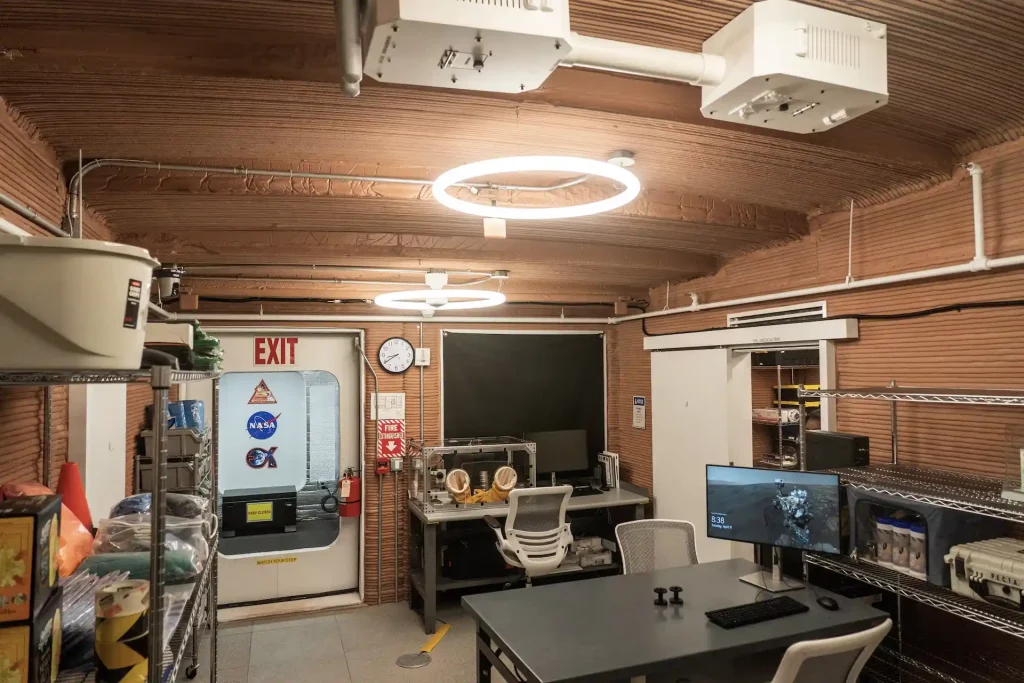

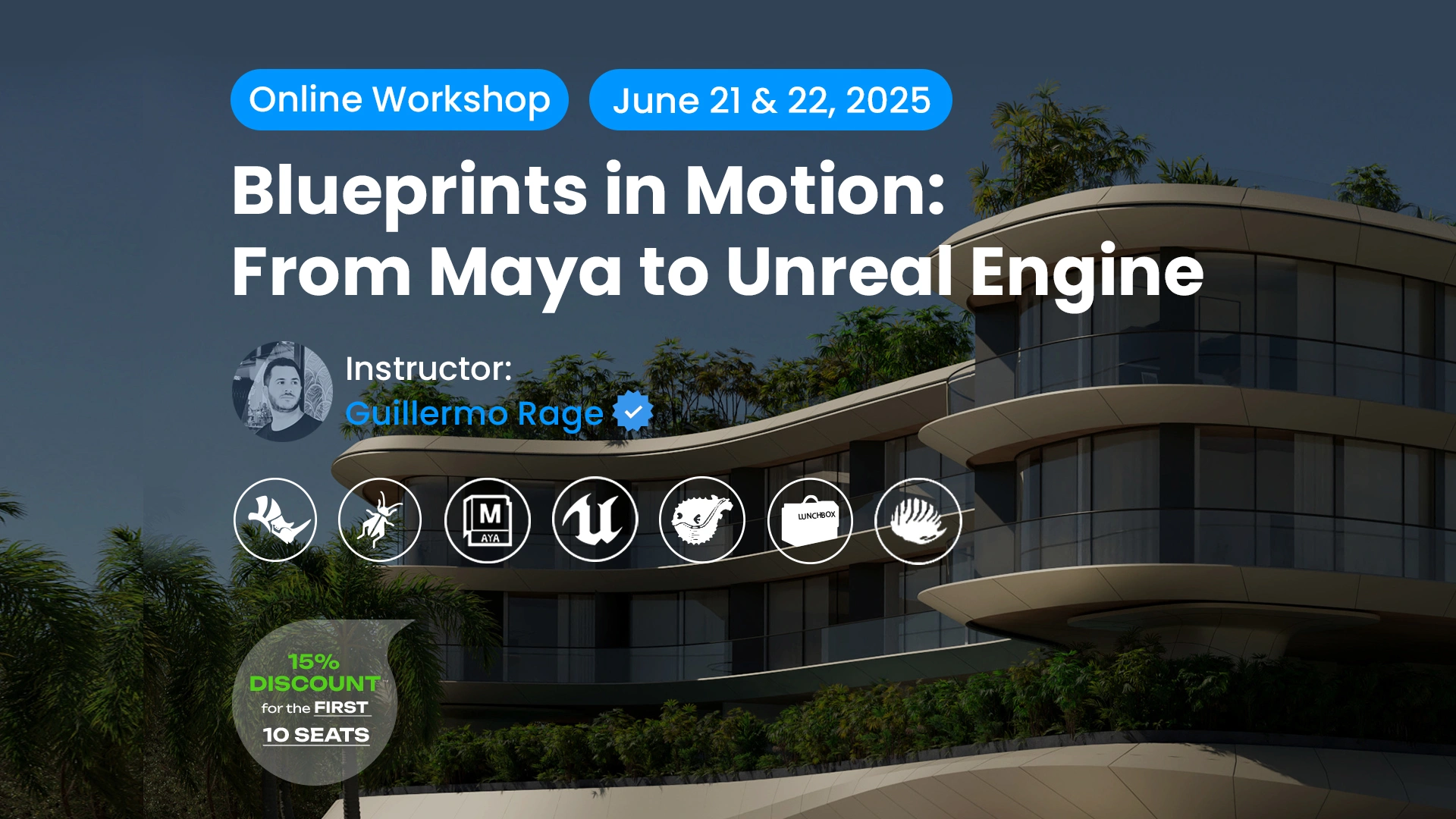

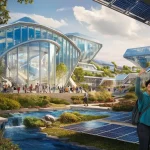
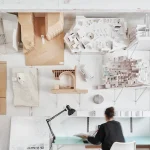









Leave a comment